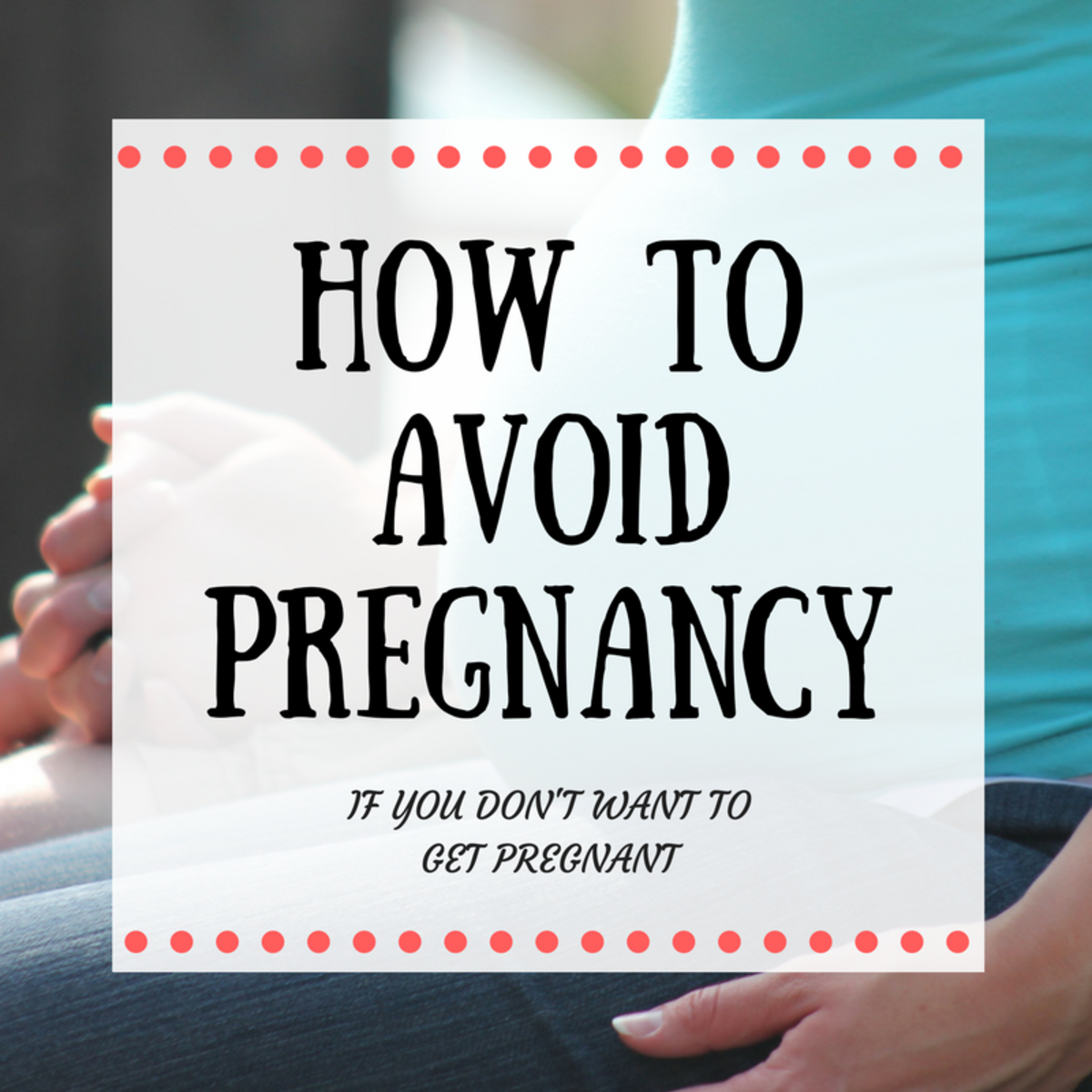Pap Smears - Do They Hurt and What Is Involved?

A pap smear (known in some countries as a cervical smear test), is a simple health screening procedure for women, to check for pre-cancerous cells on the cervix.
Pre-cancerous changes in these cells are a sign that cervical cancer may develop, so it is important to detect them as early as possible so that they can be treated before this happens.
The major causes of these pre-cancerous changes (and cervical cancer itself) are Human Papillomaviruses (HPVs), a group of infections which are sexually transmitted.
The existence of this test makes cervical cancer "one of the most preventable and curable of all cancers"(1). And having regular pap smear tests gives you the best chance of detecting pre-cancerous cells.
A very useful and reassuring video about pap smears, by Dr Kate Grossman
- Gynaecological Exam- PAP Smear & Check-up - Truveo Video Search
The prospect of a Gynaecological Exam can evoke fear in any woman, but getting your regular check-up and PAP Smear is an extremely important first step toward cancer detection and prevention. Learn what to expect straight from a doctor.
So what is a pap anyway?
The name "pap smear" can perhaps be a bit off-putting to some. For me anyway, the whole thing used to seem rather mysterious because I didn't know what it meant; and to be papped also sounded like it would be a bit of a messy and nasty experience!
Well, don't let the name alarm you, the pap smear is simply named after George Papanicolaou, the man who developed it. And the reason that it's also known as a "smear test" is because the sample of cells taken during the test is spread on a glass slide when they examine them in the lab.
Further Reading
What does the test involve?
The test may be carried out by a doctor or nurse at your doctor's or gynaecologist's surgery, or at a well woman or sexual health clinic. It is an extremely quick test, lasting just a few minutes at the most.
You may also be offered other tests at the same time, such as an internal examination or a breast examination.
For the pap, you will be asked to lie down on the examination couch, remove the clothing from the lower half of your body, and cover yourself with a sheet. The doctor or nurse will then ask you to get in the position that will best allow them to carry out the test. This will usually be lying on your back with your knees bent outwards and your ankles together, or with your feet in stirrups.
The doctor or nurse will then place a metal or plastic instrument called a speculum into your vagina; this helps to open it, and allows them to examine your cervix; then they will collect some cells using a small brush or spatula.
None of this should hurt, but it might feel a little uncomfortable just for a very short while. And any discomfort can be reduced by relaxing your muscles. The test is over before you know it, and if you've never had a pap smear before, you're likely to find that the worry of having it done was much worse than the test itself!
The sample is then sent to be analysed for abnormalities. If abnormalities are found then you will be sent for further testing. Most abnormalities are due to an infection or inflammation, which can be easily treated. But if pre-cancerous cells are present, then it's best to catch them and treat them as early as possible.
Who should have a pap smear, and how often?
The answers to these questions vary depending on where you live, (which I know is quite strange, given that we all have similar bodies no matter we come from!)
For example, in the UK, NHS advice is that everyone between the ages of 25 and 65 should go for a pap smear test every three years, but that you only need to have the test if you have ever been sexually active.
In the US the advice is very different; it is recommended that you have a pap smear three years after your first sexual intercourse, or at the age of 21, whichever comes first (ie. whether or not you are sexually active). US doctors also recommend having the test at yearly intervals.
In Australia, it's again a case of "different country, different advice"! The recommendation there is to begin having smear tests at the age of 18 or within two years of your first sexual contact, whichever comes first. And the recommended interval is two years.
And as for the upper age limit, again the advice varies. Some countries say that once you've reached the age of 65, so long as you've had normal screenings in the previous couple of years, your risk of cervical cancer is so low that pap smears are no longer necessary. However, the health authorities in other countries recommend that you should continue to get tested whatever your age.
So, it is best to find out what the recommended advice is where you live. And if you do fall into the group who needs to have a pap smear test then don't worry, and don't delay. Any slight discomfort that the test may cause you has got to be worth it, given that it might just save your life!
Video about pap smears and other important female health screening tests
Sources
- (1) Australian Government Department of Health and Ageing
Detailed figures on cervical cancer and cervical cancer screening in Australia.









